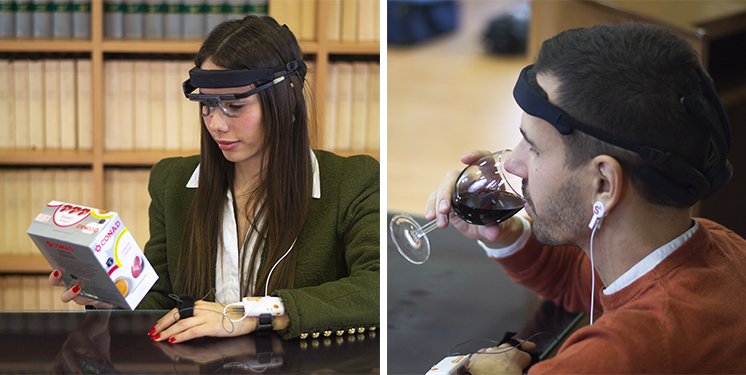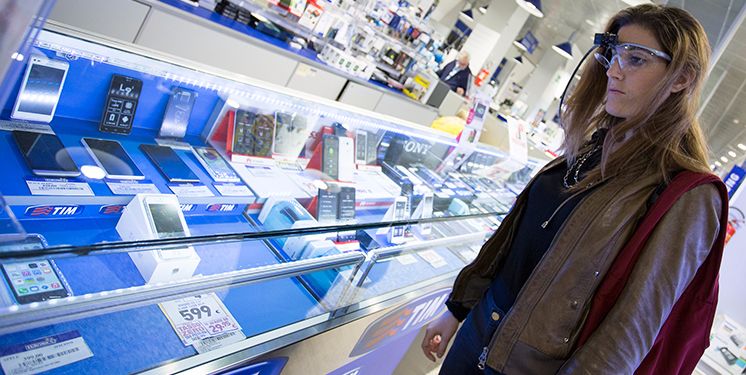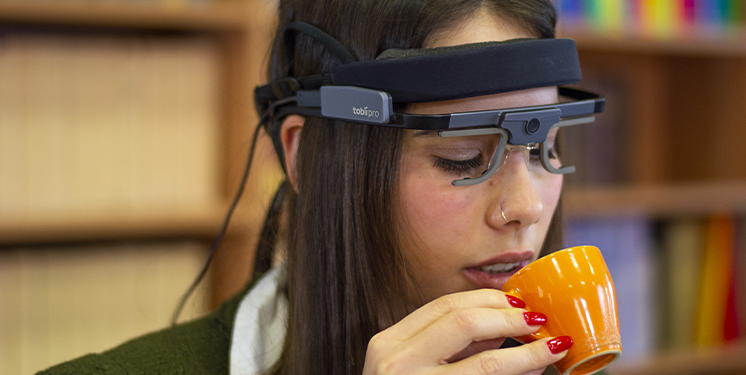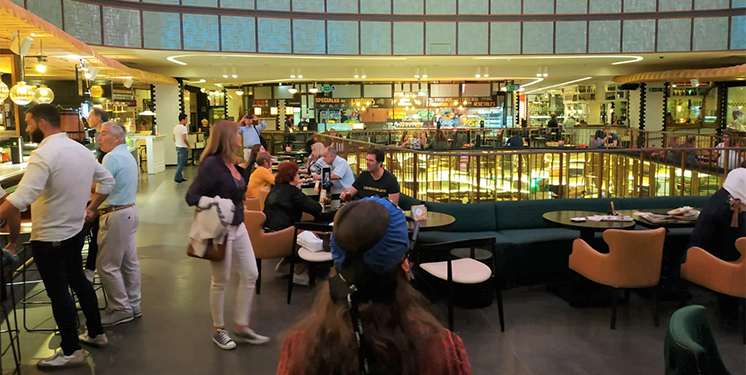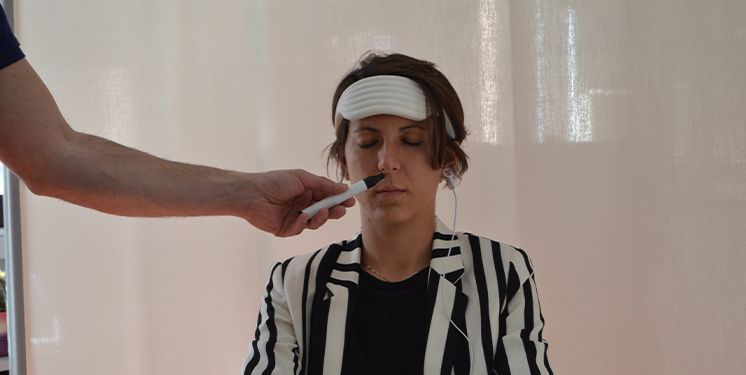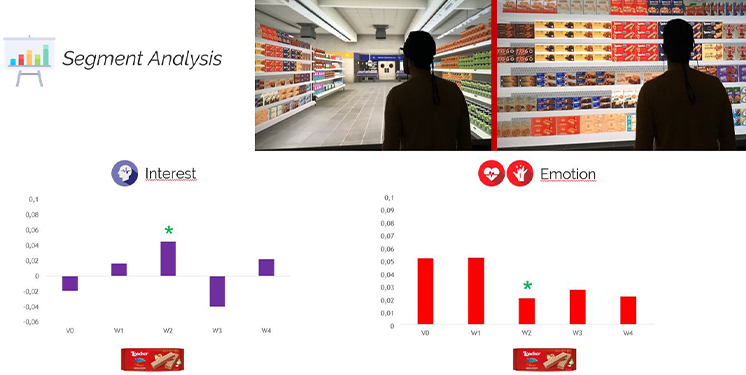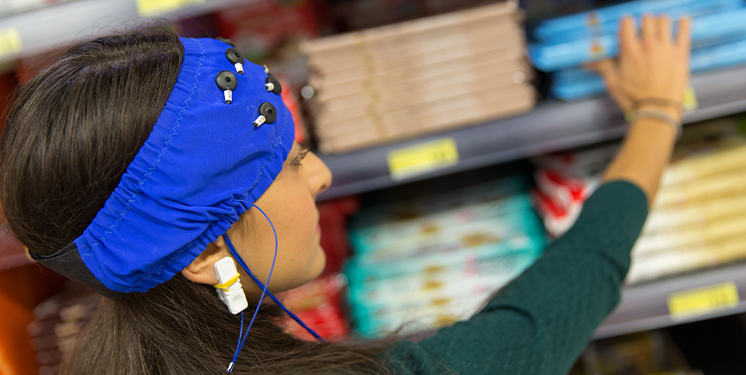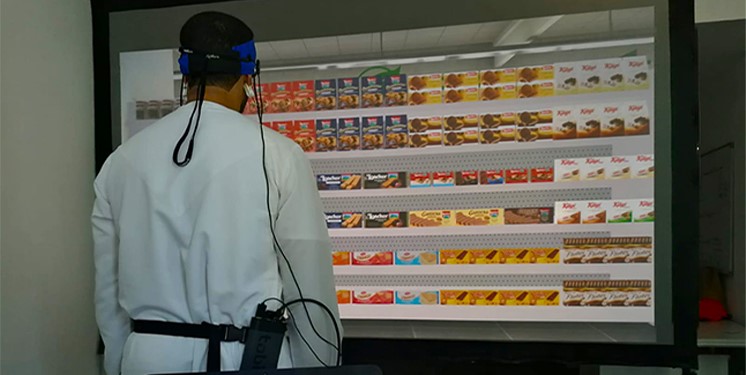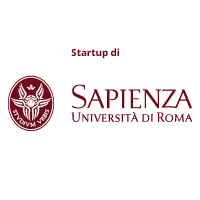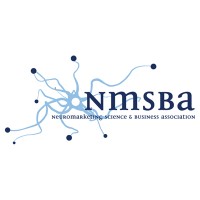Fast Navigation
What we do:
With neuromarketing techniques it is possible to measure the unconscious reactions and sensory perceptions experienced by people when they approach and/or consume products, explore environments (such as exhibitions or points of sale) in a real or virtual environment. This is very useful for improving user experience and product features such as packaging and presentation, and the surrounding environments.
The methods and knowledge developed by BrainSigns in research and verified in many field experiences, are the basis of innovative "Customer Experience" studies. They are carried out in real or laboratory contexts, for scientific research as well as for marketing purpose.
Special mention is given to the application of neuroscientific methods in the food & beverage sector where they are used to better investigate the sensory experience of consumers in terms of cognitive and emotional engagement during the product consumption in different interaction phases like observing, touching, smelling and tasting in a really innovative way.
Technologies involved in this neuro-testing are Electroencephalography (EEG), Eye tracker, Photoplethysmography (PPG), Galvanic Skin Response (GSR) combined when useful with Implicit Association Test (IAT), Virtual Reality, questionnaires and interviews as necessary for the research goals.
Results (What you can get):
The indicators derived from the analysis of physiological signals allow us to infer the level of interest and emotion and to detect the direction of gaze in relation to the perceived stimuli and to take them into consideration together with the participants' self-reported data in a specific experimental protocol.
In such a way it is possible to:
- Better understand how to attract, engage and motivate the customer during a shopping experience.
- Better understand the process of perception of products and their packaging, in terms of sensory effects (sight, hearing, smell and touch) and in terms of cognitive and emotional response.
- Discover how the different positioning of specific products influences their perception in terms of interest, attention and emotion.
- Verify the launch of new logo and package solutions and their impact on the point of sale.
- Understand how to improve the store layout to encourage an increase in sales.
- Understand how specific elements like lighting, music, scent, colours influence the atmosphere perceived during the consumer experience.


